Sutter's Mill, Coloma, CA - Mormon Battalion
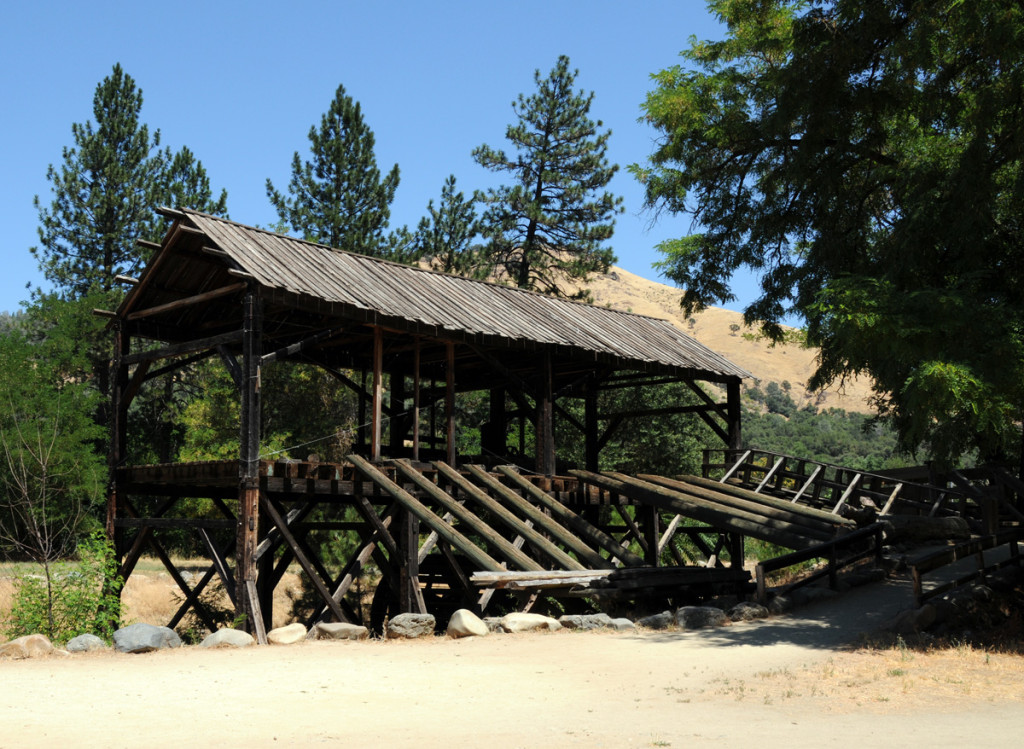
After their formal discharge from the military, many members of the Mormon Battalion headed north in California. While at Sacramento, they learned of a need for skilled laborers to assist John Sutter and James Marshall build a sawmill and gristmill on the south branch of the American River some 40-50 miles to the east.
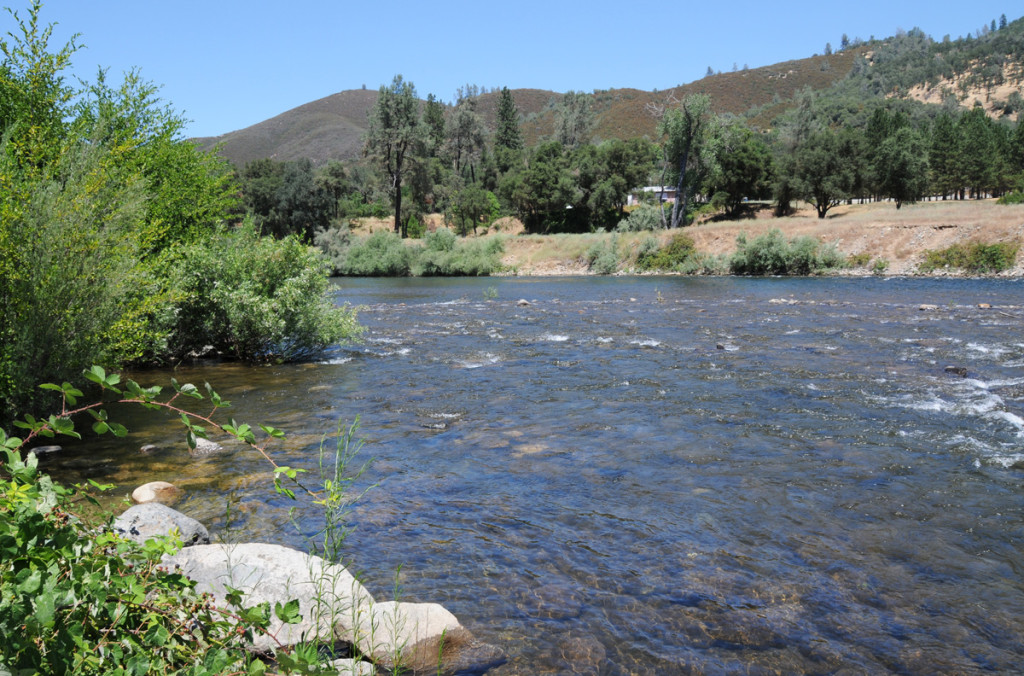
Perhaps one hundred former battalion members hired on to earn money for the trip to join their families in Utah and further east.
On January 24, 1848, James Marshall discovered gold in the mill race. The diaries of Henry Bigler and Azariah Smith of the Mormon Battalion documented the moment when Marshall noticed the flecks of gold in the water. Bigger made an entry in his journal on the very day; Smith the following weekend. This discovery initiated the famous California Gold Rush, changing California’s history in a remarkable way. Not only did some of the battalion members discover gold there, during the next decade 300,000 people made the journey by land and by sea to seek their fortunes as well. Some looked for gold; others sold merchandise and needed services to those seeking the precious metal.
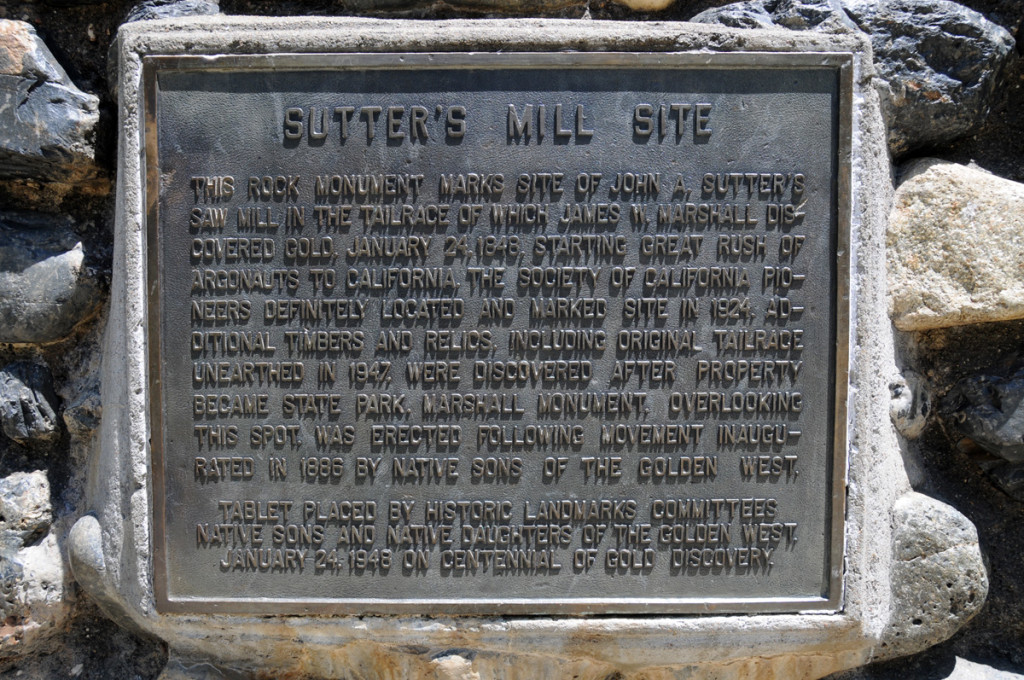
In 1898, Henry Bigler participated in the fiftieth anniversary celebration of the discovery of gold in at Sutter’s Mill. Presently, the site of the discovery is preserved with historical recreations at a state park in Coloma, El Dorado County, California. There is a visitors’ center, interpretive signage, and rebuilt structures including the mill and cabins where the workers lived. The rebuilt cabin seen below is referred to as the “Mormon Cabin” because of the significant role Latter-day Saints played in the establishment of the mill site and documentation of the discovery of gold.
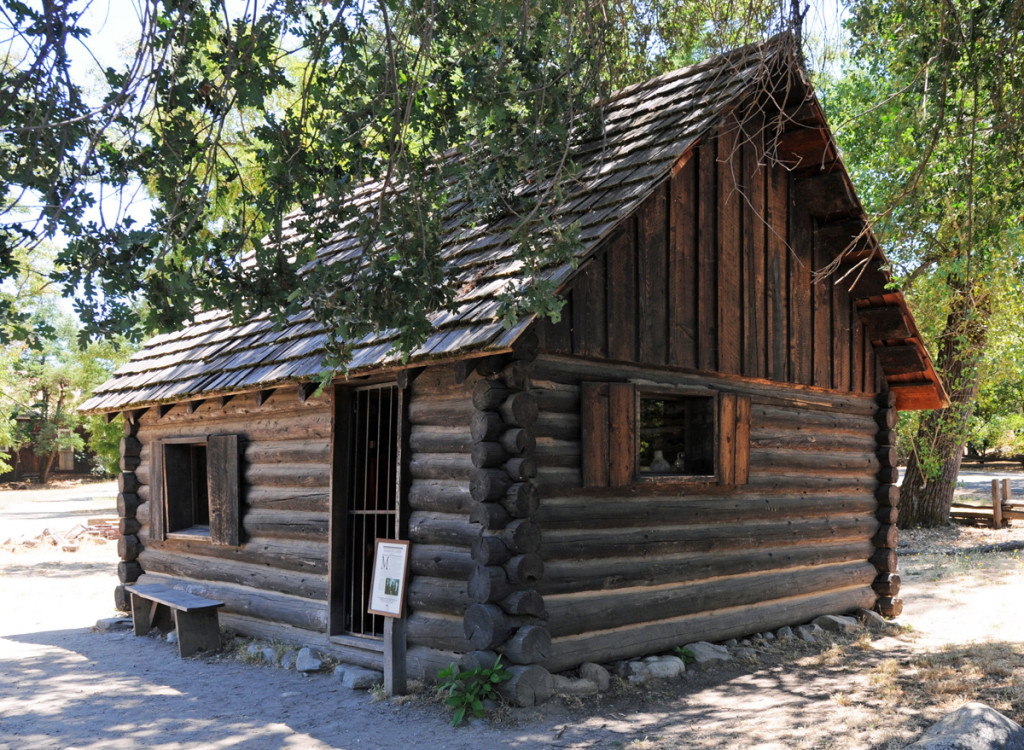
Map & Directions
Marshall Gold Discovery State Historic Park is located in Coloma/Placerville, California. From Sacramento, take Highway 50 eastbound to Placerville. From I-80 at Auburn, take Highway 49 heading southeast toward Placerville. The address of the visitor center is 310 Back Street, Placerville, California 95667. The gps coordinates of the visitor center: 38°48’1.05″ N; 120°53’30.94″ W.
Photos

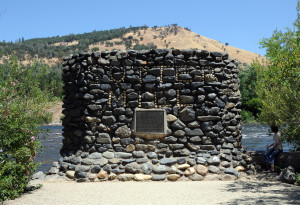

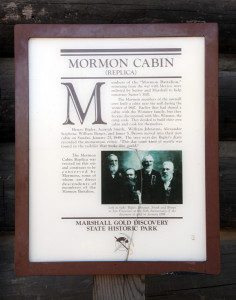
Articles & Resources
Resources
William G. Hartley, Ensign, Sept. 1997, 40-41.
M. Guy Bishop, “A Place in History: The Impact of the Sutter’s Mill Gold Discovery on Henry Bigler,” Nauvoo Journal, 101-108.
Michael N. Landon and Brandon J. Metcalf, The Remarkable Journey of the Mormon Battalion, 85-89.
Norma Baldwin Ricketts, The Mormon Battalion, U. S. Army of the West, 1846-1848, 193-204.
